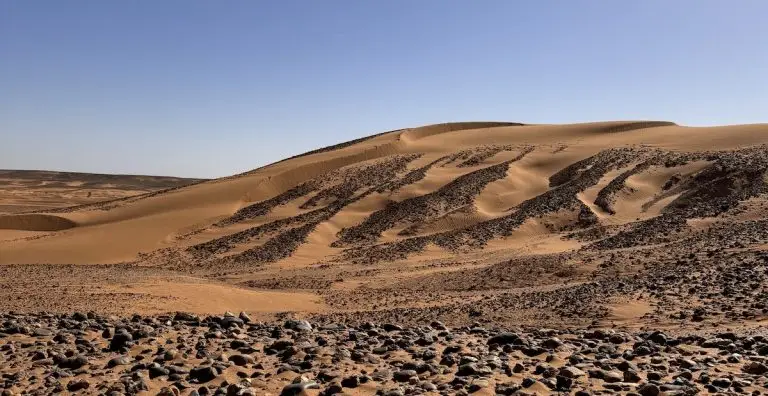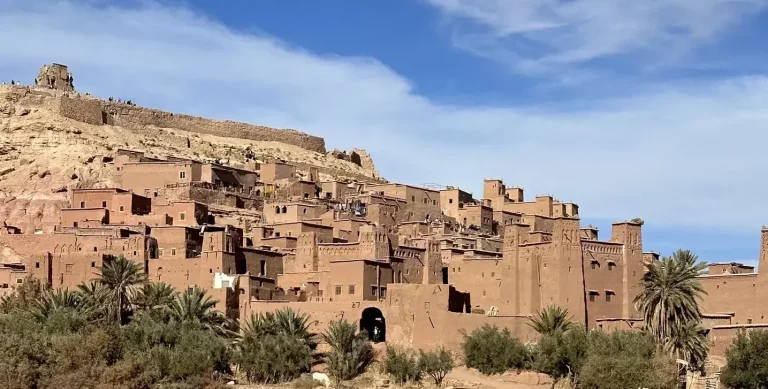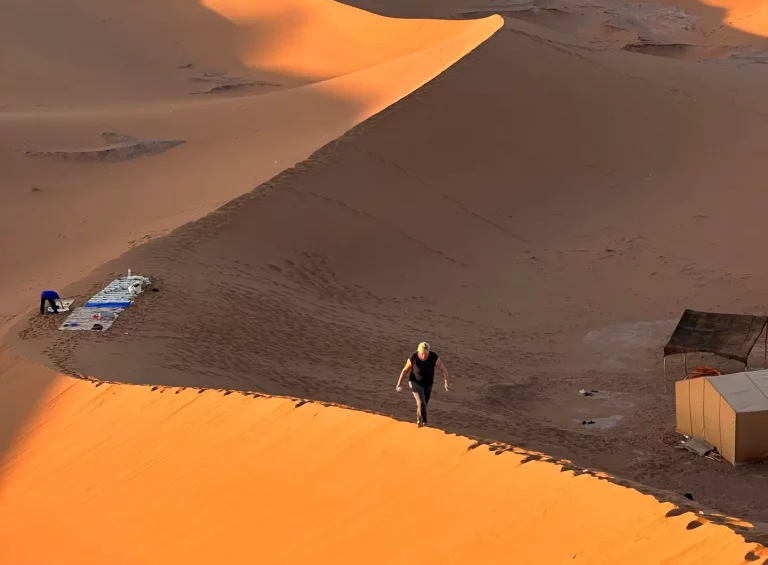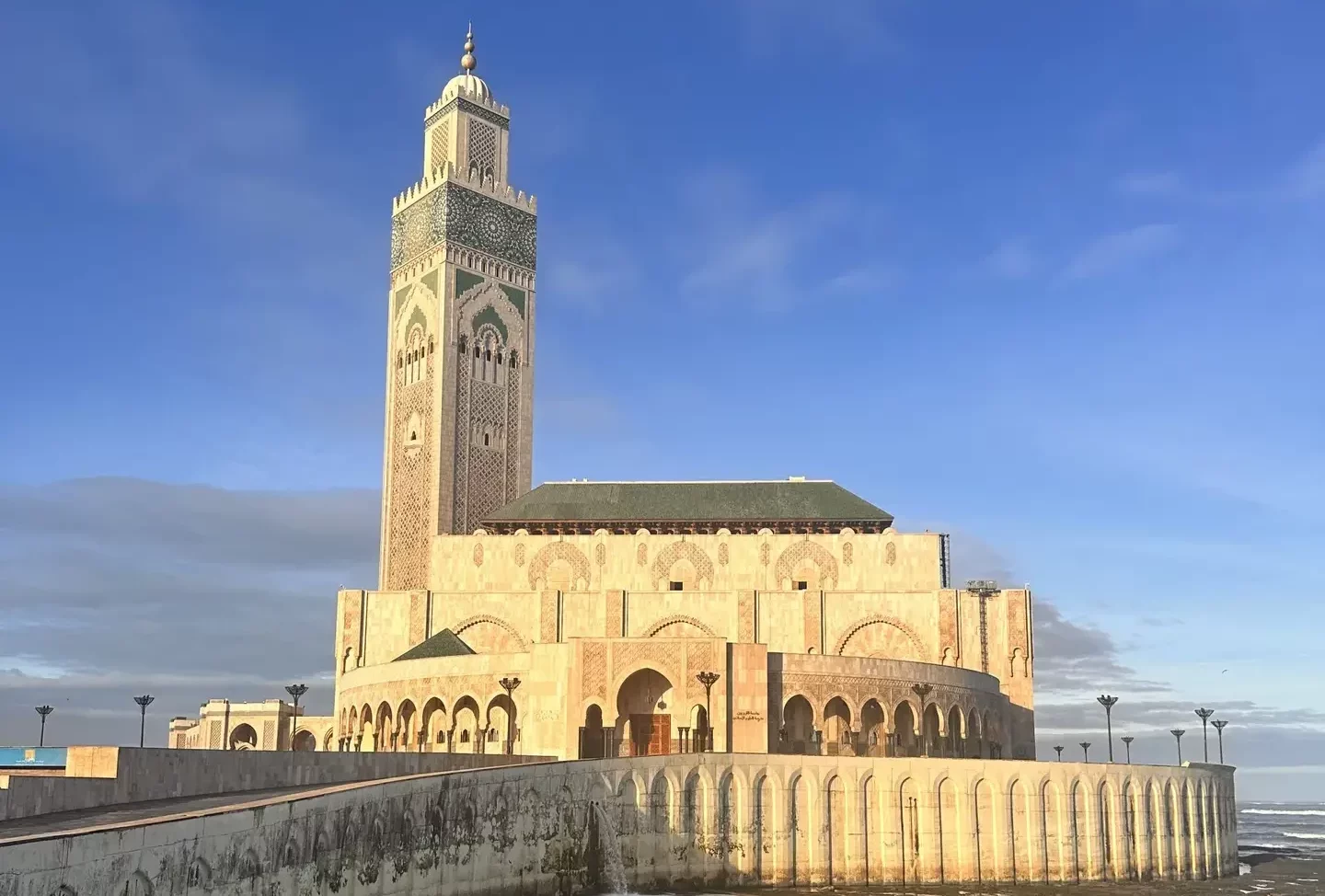
Imperial Cities in Morocco: A Journey Through Time
Morocco is a land where history and modernity coexist in vibrant harmony. Its bustling souks, majestic mountains, golden deserts, and ancient cities form a tapestry of timeless allure. Among its most fascinating features are the Imperial Cities in Morocco — four historic capitals that have each played a crucial role in shaping the country’s identity. These cities — Fes, Marrakech, Meknes, and Rabat — are living museums that whisper tales of sultans, scholars, and dynasties long gone, yet not forgotten.
Marrakech: The Red City of Splendor
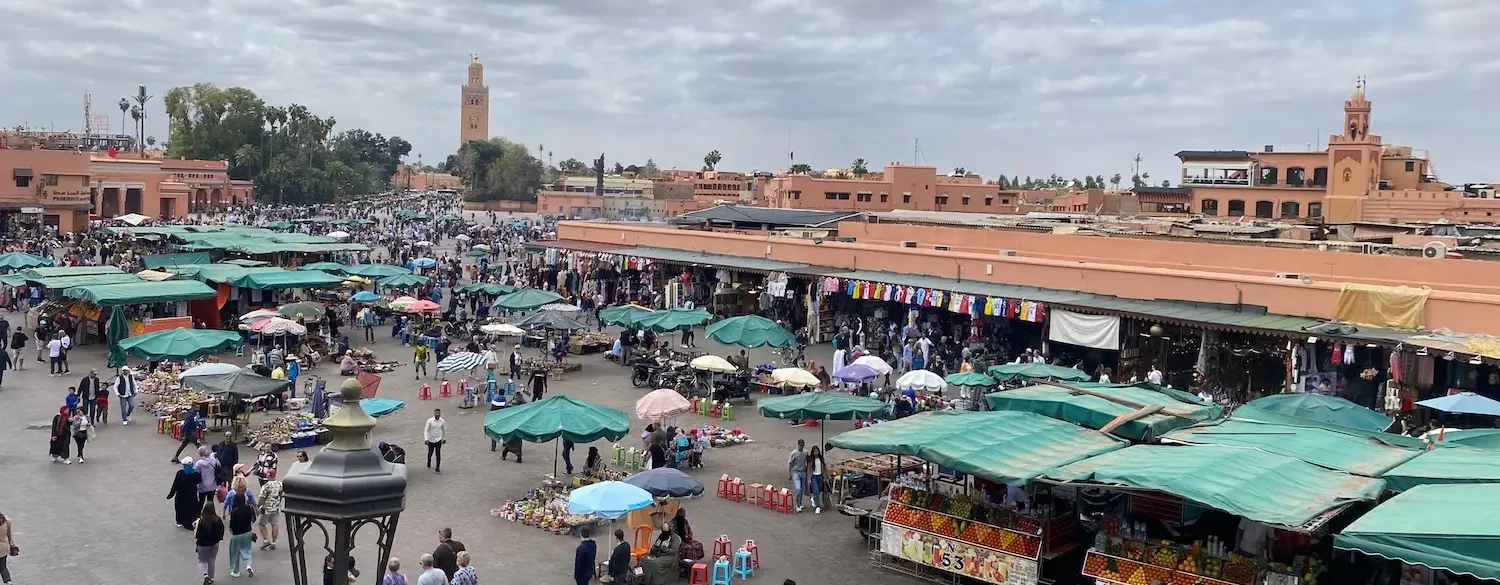
With its rose-hued buildings, palm-fringed boulevards, and dramatic Atlas Mountain backdrop, Marrakech is perhaps the most famous of Morocco’s imperial cities. Founded in 1070 by the Almoravid dynasty, the city served as the empire’s political and economic hub for centuries.
At the heart of Marrakech lies Jemaa el-Fnaa, a UNESCO World Heritage site and one of the most iconic public squares in the world. Here, snake charmers, storytellers, and street performers create a carnival-like atmosphere unlike any other. Beyond the square, the Majorelle Garden, Koutoubia Mosque, and Bahia Palace add layers of beauty and history to the city’s identity.
Marrakech is not only a city of tradition but also of reinvention. Luxury riads, contemporary art galleries, and world-class cuisine ensure it remains a top destination for travelers worldwide.
Fes: The Spiritual and Intellectual Heart

Founded in the 9th century by Idris I, Fes is Morocco’s oldest imperial city and a cradle of Islamic culture. Walking through the narrow alleyways of Fes el-Bali, the world’s largest car-free urban area, feels like stepping into a medieval time capsule. The city is renowned for the University of Al Quaraouiyine, considered the oldest existing, continually operating university in the world.
Fes is a labyrinth of culture and craftsmanship. Visitors are mesmerized by the colorful tanneries, intricate tilework, and artisan workshops that preserve techniques passed down for centuries. It’s a city of scholars and mystics, where the call to prayer echoes off ancient walls and knowledge is still revered.
Meknes – The City of a Thousand Gates

Meknes is perhaps the most underrated of the imperial cities, but its historical significance is immense. It became the capital in the 17th century under Sultan Moulay Ismail, a powerful ruler of the Alaouite dynasty. He transformed the city into a grand capital inspired by the architecture of Versailles in France.
Meknes is known for its impressive city walls, monumental gates, and vast royal complexes. One of the most iconic gates is Bab Mansour, considered one of the most beautiful gates in North Africa. The Royal Stables and Granaries built by Moulay Ismail demonstrate the scale of his vision and power. Although Meknes has a more relaxed pace than Fez or Marrakech, it offers rich architectural beauty and a strong sense of Morocco’s imperial legacy.
Rabat – The Modern Capital with Historic Roots
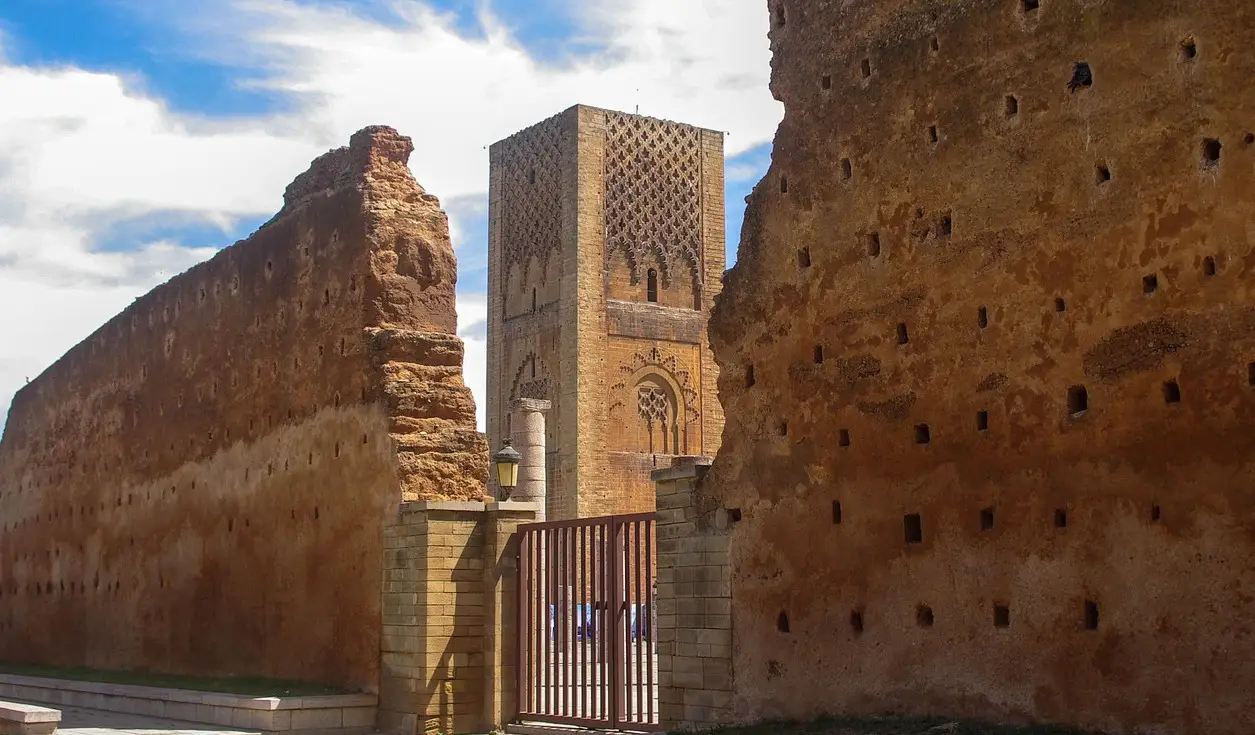
Rabat is the youngest of the imperial cities and the current capital of Morocco. While it officially became the capital in 1912 under the French Protectorate, its history dates back much further. Rabat was originally established as a military fortress by the Almohad dynasty in the 12th century. The city’s name comes from “Ribat al-Fath,” meaning “Fortress of Victory.”
Rabat is a city that elegantly combines modernity with tradition. It houses Morocco’s government institutions and foreign embassies, but also has a beautiful historic quarter. Notable landmarks include the Hassan Tower, an unfinished minaret from the 12th century, and the Mausoleum of Mohammed V, where Morocco’s royal family is buried. The Kasbah of the Udayas, a white-and-blue fortress on a cliff overlooking the Atlantic Ocean, offers breathtaking views and a glimpse into Morocco’s military past.
From the scholarly halls of Fez to the dramatic gates of Meknes, the vibrant streets of Marrakech to the coastal calm of Rabat — and beyond, to the serene dunes of the Desert Amnir — Morocco offers an unforgettable journey through time and culture. Together, these places form the foundation of Morocco’s imperial past and its enduring legacy.


